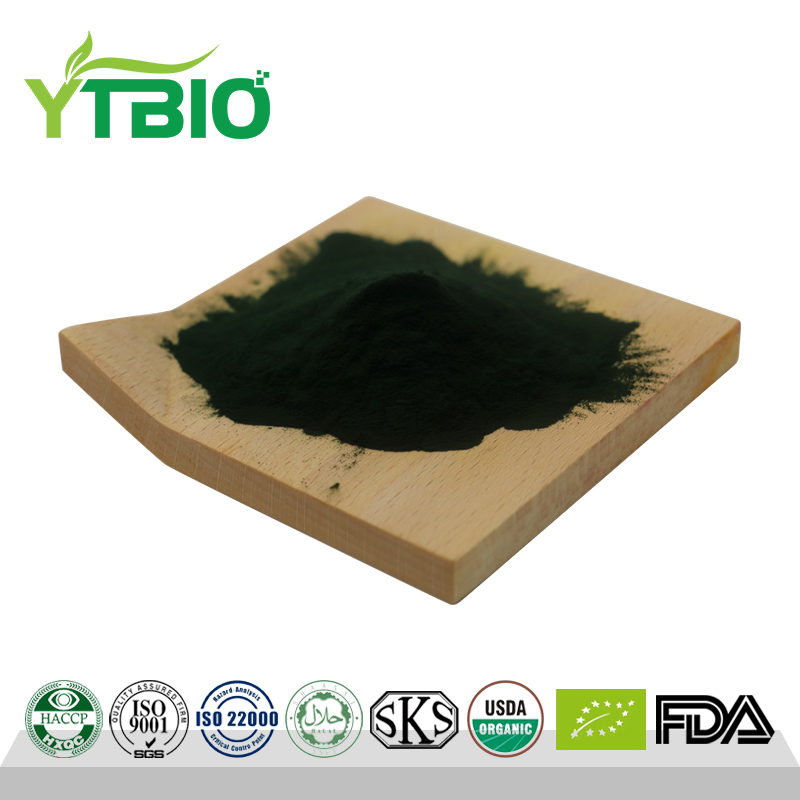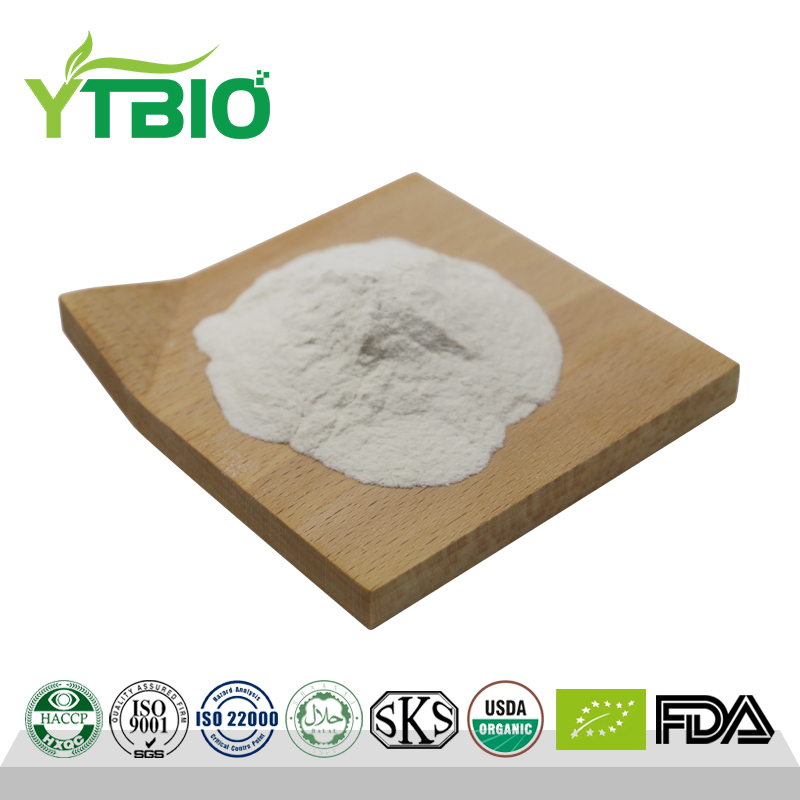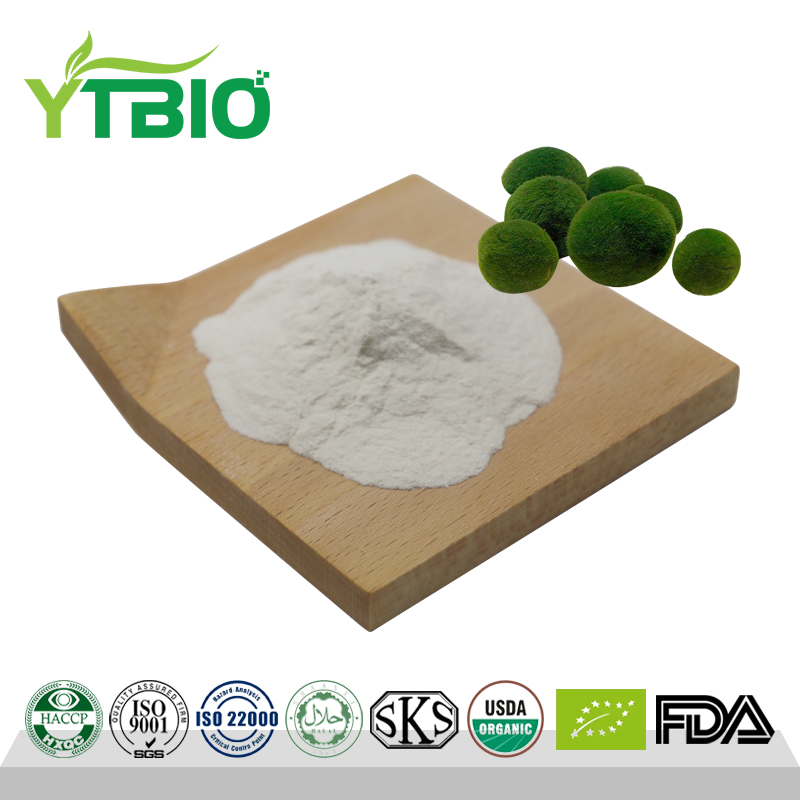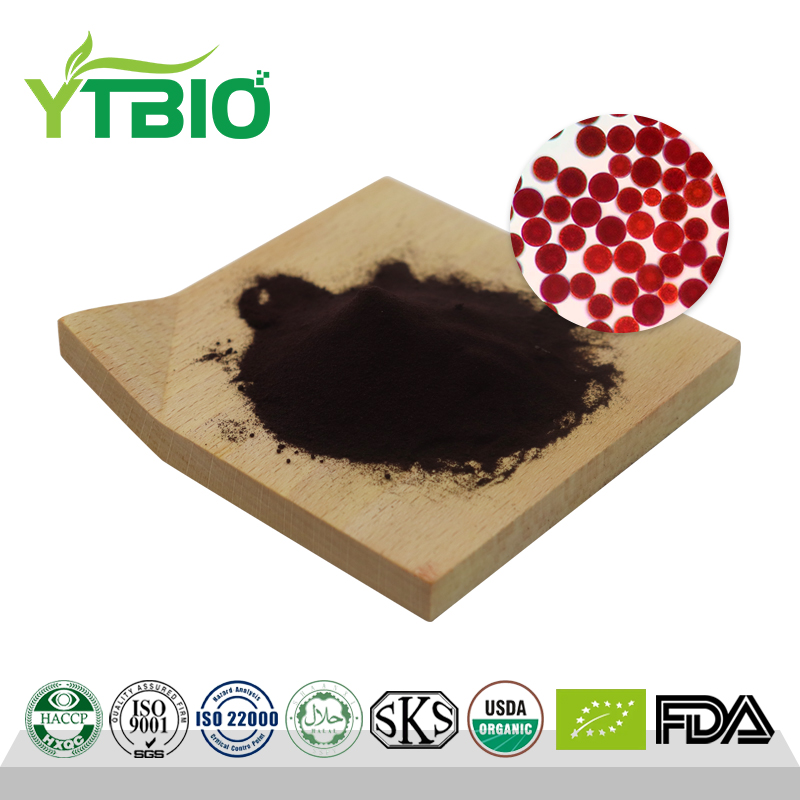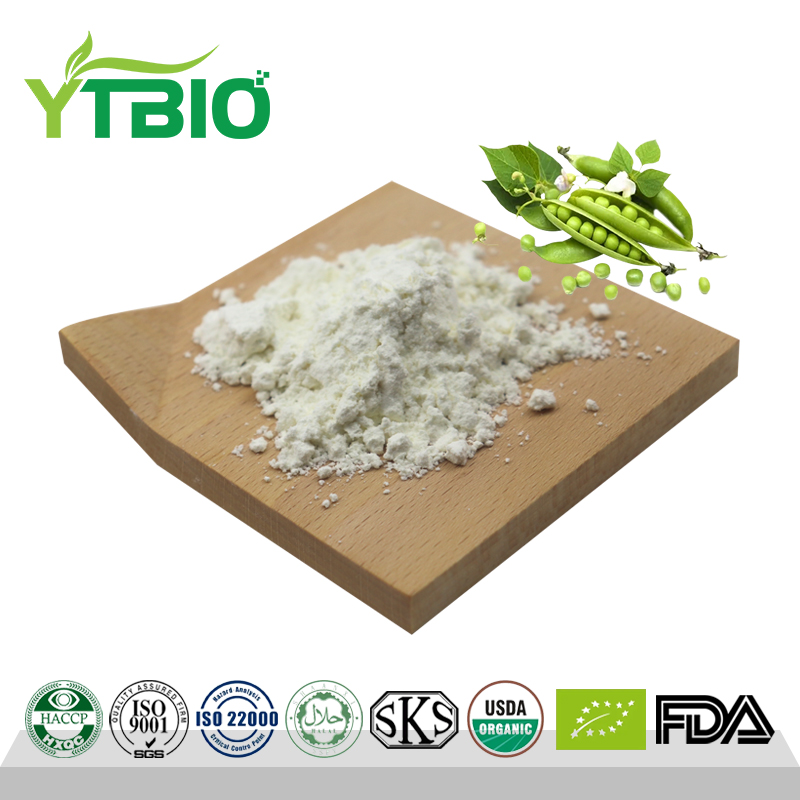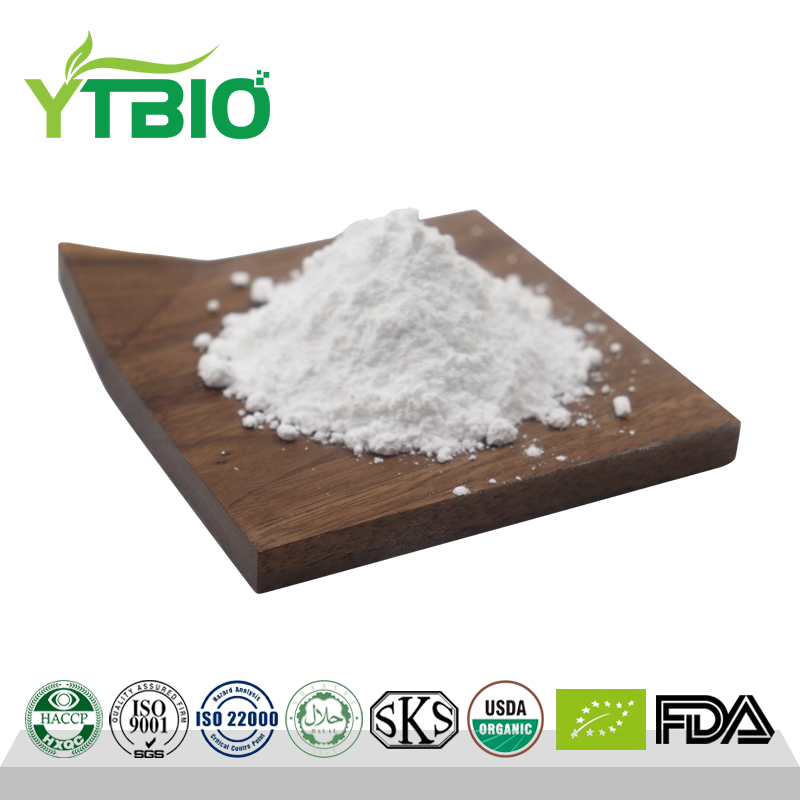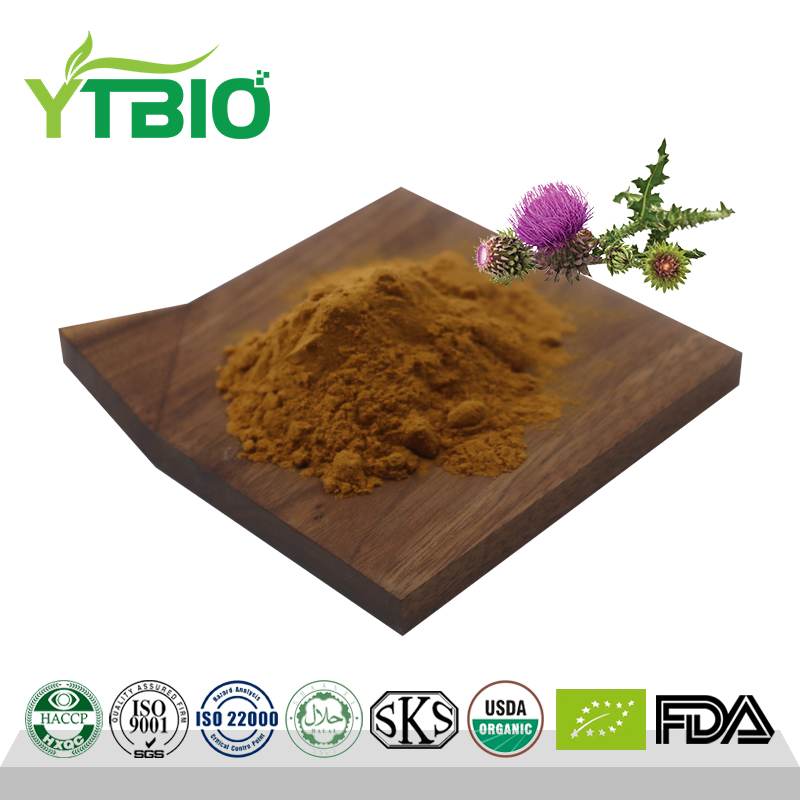Kaempferol 98% Powder
What is kaempferol?
Kaempferol (Kae) is a well-characterized natural polyphenol and one of the most common dietary flavonoids. It is rich in most plant foods, including tea, broccoli, delphinium, and witch hazel. Plum, grapefruit, Brussels sprouts, kaempferol, etc. Studies have shown that kaempferol plays a neuroprotective role in various neurological diseases by reducing anti-inflammatory and oxidative stress mediated by microglia activation. It can scavenge excess superoxide free radicals in the body and prevent DNA and cell damage. Oxidative damage. It has anti-inflammatory, anti-aging and other pharmacological effects. In addition, kaempferol also has the function of treating diabetes and osteoporosis.
What are the benefits
Antioxidative stress activity of kaempferol
According to research reports, kaempferol can significantly inhibit lipid peroxidation in lipid particle systems induced by reduced coenzyme II (triphosphopyridine nucleotide, NADPH) or Fe2+, and scavenge superoxide anions, thereby preventing and treating diseases caused by these factors. Role of oxidative stress response. At the same time, kaempferol can also inhibit the expression of antioxidant enzymes such as catalase, glutathione peroxidase, and glutathione-S-transferase, thereby reducing the symptoms of alcohol and polyunsaturated fatty acids in mice. Oxidative stress response in liver tissue, thereby playing a certain protective role in liver damage caused by it. In addition, kaempferol can also activate the expression of heme oxygenase 1 (HO-1), inhibit the production of inducible nitric oxide synthase (iNOS) and nitric oxide (NO), thereby protecting RAW264.7 macrophages. Not damaged by lipopolysaccharide.
Anti-inflammatory activity of kaempferol
Studies have found that kaempferol can significantly inhibit the expression of MAPK pathway of THP-1 in human monocytes induced by LPS, reduce macrophage-derived chemokine (MDC), interferon-induced protein-10 (IP-10), leukocyte Interleukin-8 (IL-8) and other inflammatory factors are produced, thereby effectively inhibiting the occurrence of inflammation.
Neuroprotective effects of kaempferol
It can play a certain protective role in nerve damage caused by oxidative stress by inhibiting oxidative stress reaction. Kaempferol can significantly protect SHSY5Y nerve cells and main neuronal cells from damage by rotenone, reduce protease cleavage and nuclear apoptosis, and ROS levels and mitochondrial hydroxyl compound content are also significantly reduced. This proves that kaempferol has certain neuroprotective functions and can be developed and utilized as a potential neuroprotective agent.
Kaempferol inhibits protein kinase activity
It can significantly inhibit the activity of recombinant human protein kinase CK2, and its inhibitory effect on CK2 in HL-60 cells is stronger than the positive control tetrabromo-2-azabenzimidazole. Other studies have shown that kaempferol can significantly inhibit the activity of recombinant human CK2 holoenzyme, and its effect is stronger than currently known CK2 inhibitors. This proves that kaempferol is a very effective protein kinase inhibitor.
Hepatoprotective and myocardial protective effects of kaempferol
Yangan Pills, which contain kaempferol and other flavonoids as its main ingredients, have been used in Asian countries to treat and prevent liver diseases. Studies have found that kaempferol can protect against endoplasmic reticulum stress-induced apoptosis in HL-7702 human normal liver cells by inhibiting the expression of the apoptotic protein CHOP. Kaempferol was used to treat cardiomyocytes damaged by local hypoxia/reoxygenation (A/R). It was found that kaempferol can significantly increase the expression of Bcl-2 through the mitochondrial pathway mediated by silent regulatory factor 1 (SIRT1). Protective effect on cardiomyocyte apoptosis induced by A/R.
Diabetes prevention and treatment functions of kaempferol
Studies have found that kaempferol can significantly improve the glucose uptake ability of mature 3T3-L1 adipocytes stimulated by insulin, showing the potential function of preventing and treating diabetes. At the same time, kaempferol can also maintain normal blood lipid levels by lowering blood sugar and improving insulin sensitivity; through antioxidant, anti-inflammatory, and inhibiting the aldose reductase pathway, it can inhibit the occurrence of chronic complications in type 2 diabetic rats to a certain extent.
Osteoporosis prevention and treatment functions of kaempferol
Kaempferol can activate the activity of estrogen receptors, promote osteoblast proliferation, and improve the differentiation and mineralization capabilities of osteoblasts. Another study found that kaempferol can significantly increase the bone density of ovariectomized rats, slow down the loss of bone calcium and phosphorus in the urine of rats, and inhibit the activities of tartrate acid phospholipase and tissue protein K in the serum of ovariectomized rats. Micro-CT results show that kaempferol can significantly improve the morphological structure of trabecular bone in osteoporotic rats, proving that kaempferol has a significant therapeutic effect on osteoporosis in ovariectomized rats, and its mechanism of action may be related to inhibiting bone resorption.
Other functional activities of kaempferol
In addition to the above biological functions, it has been found that kaempferol also has antibacterial effects and has a good inhibitory effect on various human pathogenic bacteria such as Staphylococcus aureus, Pseudomonas aeruginosa, typhoid bacilli, and dysentery bacilli. It is also used to relieve coughs and treat cataracts. , suppressing fertility, anti-epileptic, antispasmodic, anti-ulcer, choleretic and diuretic, etc. It has shown certain therapeutic effects. In addition, kaempferol is also a natural immunosuppressant that can reduce the occurrence of autoimmune diseases and organ transplant rejection caused by excessive activation and proliferation of T lymphocytes.
Application direction
Kaempferol has a wide range of pharmacological effects and is used in the field of pharmaceutical and health care products




